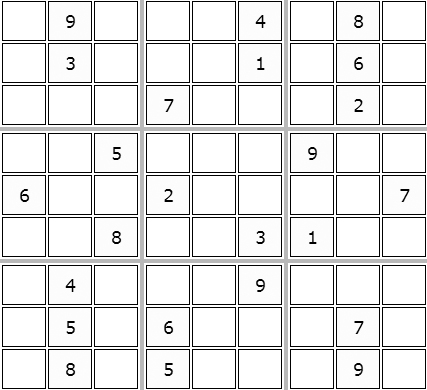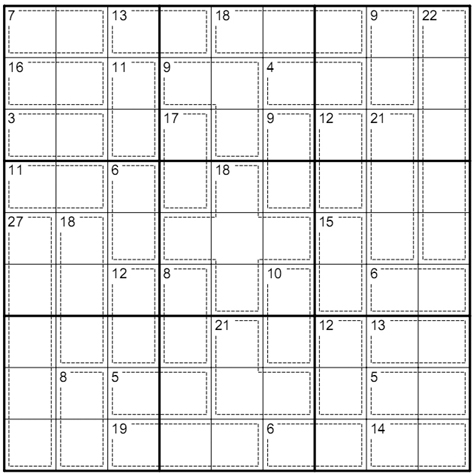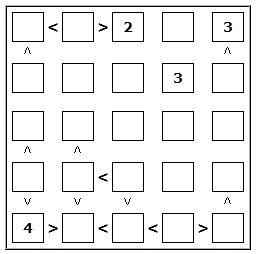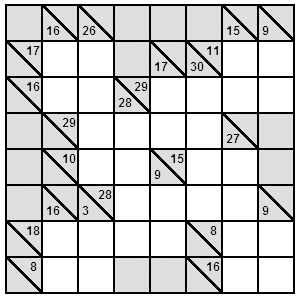Due Date: Sunday, Feb. 28, 2010, 23:59:59
See the General Guidelines for homework assignments.
This assignment may optionally be done with a partner. You are strongly advised to use a partner. If you do use a partner, then:
- Partners should work together on the problems, not independently.
- The final submission should contain the name of both partners.
- Only one partner should actually make the submission to the Curator.
- Your submission must clearly explain, for each problem, the contributions of each partner.
Below are four problems. You need only turn in the diagrams with the correct values filled in. You can do this by printing and scanning, or by using your tablet PC software to write in the solution on the diagram. Make sure that your handwriting is neat!!
Your write-up should be in either .pdf format or in some format that can be read by Microsoft Word 2003. Do not use .docx (MS Word 2007) format.
Your submission for this homework assignment must be made to the Curator.
Problems
1. Sudoku: Sudoku is played over a 9x9 grid, divided to 3x3 sub grids called "regions". Sudoku begins with some of the grid cells already filled with numbers. The object of Sudoku is to fill the other empty cells with numbers between 1 and 9 (1 number only in each cell) according the following guidelines.
- Number can appear only once on each row.
- Number can appear only once on each column.
- Number can appear only once on each region.

2. Killer Sudoku: The objective is to fill the grid with numbers from 1 to 9 in a way that the following conditions are met:
- Each row, column, and 3x3 grid contains each number exactly once.
- The sum of all numbers in each grouping of cells denoted by a dotted line must match the small number printed in its corner.
- No number appears more than once in each grouping of cells denoted by a dotted line. (This is the standard rule for killer sudokus, and implies that no cage can include more than 9 cells.)

3.
Futoshiki:
The following is a type of puzzle sometimes called a
“Futoshiki”. Each box is filled with a digit from 1 to 5,
such that every row and column contains one of each such
digit. The puzzle starts with a few boxes filled in for
you. There are also less than (<)
and greater than (>) constraints noted on some of the
boxes. Fill in the boxes in a
way that meets all of these requirements.

4. Kakuro: The following is a type of puzzle sometimes called a “Kakuro” and sometimes called “Cross Sums”. A kakuro grid is a little like a crossword grid and can be of any size. However in a kakuro grid, the numbers indicate the sum total of all the individual cells in that row or column. Each grid has a starting position like that of a crossword, containing grayed out squares and white squares. You need to fill in the blank (white) squares with a number from 1 to 9, but each run of numbers (an answer) can only contain each number once.
